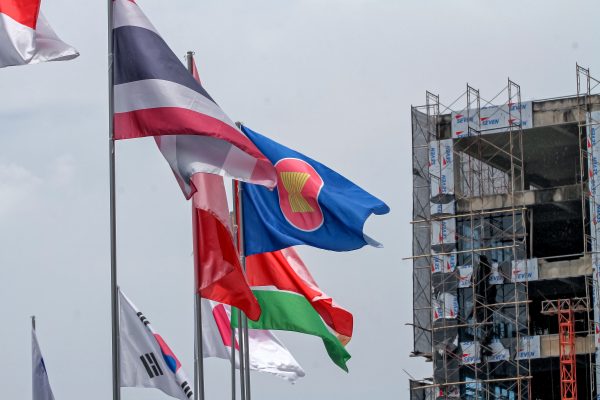This was also on the agenda at the 2023 G7 Hiroshima Summit, where member states launched the Coordination Platform on Economic Coercion (CPEC). This mechanism will facilitate information sharing and early warnings so proactive steps can be taken to counteract economic coercion threats.
While Western policymakers have been contemplating this issue and states like Malaysia and Vietnam have publicly objected to economic coercion, the matter has received less attention in Southeast Asia. Southeast Asian states’ hedging strategies and aversion to diplomatic escalation explain why they have been less-frequent targets of coercive measures than states like Australia and South Korea. But this does not mean that they should put their guards down.
In September 2023, Chinese border officials abruptly decided to halt imports and turn back six tonnes of Vietnamese lobsters, forcing vendors to sell their produce for a third of the usual price. China is Vietnam’s largest destination for lobster exports. While sales have resumed, this incident may be a response to Vietnam’s mid-September upgrade of its relationship with the United States to a Comprehensive Strategic Partnership. Philippine bananas and Vietnamese lychees have faced similar politically-driven sanctions in the past.
Complacency from Southeast Asians states would be unwise given their vulnerability to economic pressure, particularly from Beijing. China is the largest investment partner of Indonesia, Malaysia, Brunei, Cambodia and the Philippines — and the largest trading partner of all the Association of South East Asian Nations (ASEAN) members, except for Laos and Brunei. Research has also found a negative relationship between the effectiveness of Chinese coercion and the target state’s per capita wealth, supporting the claim that poorer countries are more vulnerable to economic coercion.
The political repercussions of Chinese economic pressure are also likely to be more pronounced in some Southeast Asian states. China’s approach to economic coercion often involves concentrating on constituencies that are important in the domestic politics of targeted states to inflict political costs on their leaders. This approach was partially successful in the Philippines, as Chinese sanctions prompted business leaders to speak out against their government’s maritime activity in the South China Sea.
Southeast Asian states should be proactive in protecting their economies. While the G7’s CPEC is designed to protect both its members and smaller economies, ASEAN states should not rely on the G7’s good will. When China banned the import of Australian commodities such as coal, barley and wine, Washington’s support was only rhetorical. The United States actually benefited from the sanctions — its own exports of those commodities jumped by US$4.6 billion.
Relatively weaker states can still protect against economic coercion by engaging in ‘defensive’ economic policy. For example, measures such as accumulating foreign exchange reserves and deepening domestic capital markets can protect against capital flight. Building institutions to identify economic coercion and support affected industries if they are unfairly targeted is also good practice.
Given that Southeast Asian states cannot compete with China’s economic heft, the most effective measures to protect against economic coercion will be multilateral. It is unlikely that ASEAN would be able to imitate an institution like the ACI. Its legalistic nature runs contrary to ASEAN’s typical style, which emphasises consensus, non-interference and state sovereignty. Southeast Asian states also remain split on the China question and have struggled to agree on initiatives that may rub Beijing the wrong way.
An arrangement like the ACI is only functional if parties are willing to collectively call out and respond to economic coercion — and share the burdens of retaliation that results from a joint response. But ASEAN states are unlikely to jeopardise their relationships with China and put their own economies at risk.
In the absence of a specific anti-coercion measure, ASEAN would benefit from promoting initiatives that ensure member states’ economies remain open. When free trade works as intended, states can divert their trade and investment dependencies to minimise costs if they are victims of economic coercion. This played out when Australia cushioned itself against Chinese trade blocks by finding new markets for its exports — selling sanctioned coal to India, South Korea and Taiwan.
ASEAN can play a role in corralling support for policies that make their economies more interconnected and more resilient. ASEAN states have historically found it easier to agree on economic issues than strategic ones, so framing policies in this light may help generate consensus. Advocating for a free and fair trading system will benefit ASEAN’s long-term development and enhance states’ economic and national security.
Max Broad is a Research Intern at the International Institute for Strategic Studies–Asia and an Australian Government New Colombo Plan Scholar.

